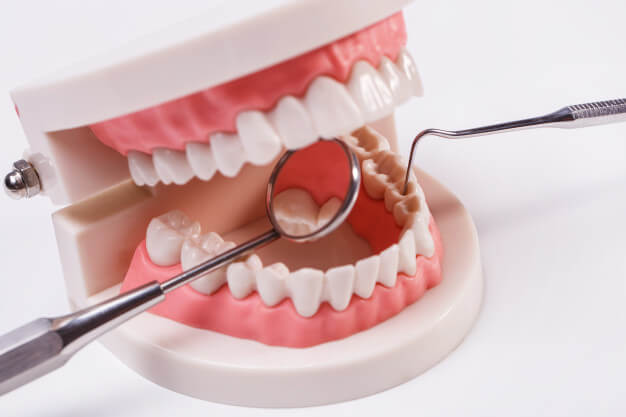The most common issue faced by people with their teeth is dental caries. It can be asymptomatic or go into extreme pain which is beyond tolerance. One must be aware of the initial signs of the cavity and report to the dentist immediately before it turns into an episode of pain.
Typically, dental caries can be spotted on two specific areas of the teeth: occlusal caries, which form on the topmost part of the tooth where food particles repeatedly come in direct contact with the teeth and interproximal caries, which are dental caries that form between the teeth. It’s in these two locations where bacteria fester and pose a risk to your oral hygiene. If the teeth and surrounding areas are not cared for properly, the bacteria will begin to digest the sugars left over from food in your mouth and convert it into acids as a waste product. These acids are strong enough to demineralize the enamel on your teeth and form tiny holes—the first stage of dental caries. As the enamel begins to break down, the tooth loses the ability to reinforce the calcium and phosphate structures of the teeth naturally through saliva properties and, in time, acid penetrates into the tooth and destroys it from the inside out.
As tooth decay progresses through the enamel and settles in the center of the tooth, it may even advance further and damage the nerves, which are in the root. A dental professional would remove the damaged or dead nerve with the surrounding blood vessel tissue (pulp) and fill the area which is completely done pain-free with the help of local anesthesia. The procedure usually ends with the dentist placing a crown over the affected area.
In some cases, the tooth may be damaged beyond repair and must be extracted if there is a risk of infection spreading to the jaw bone.




